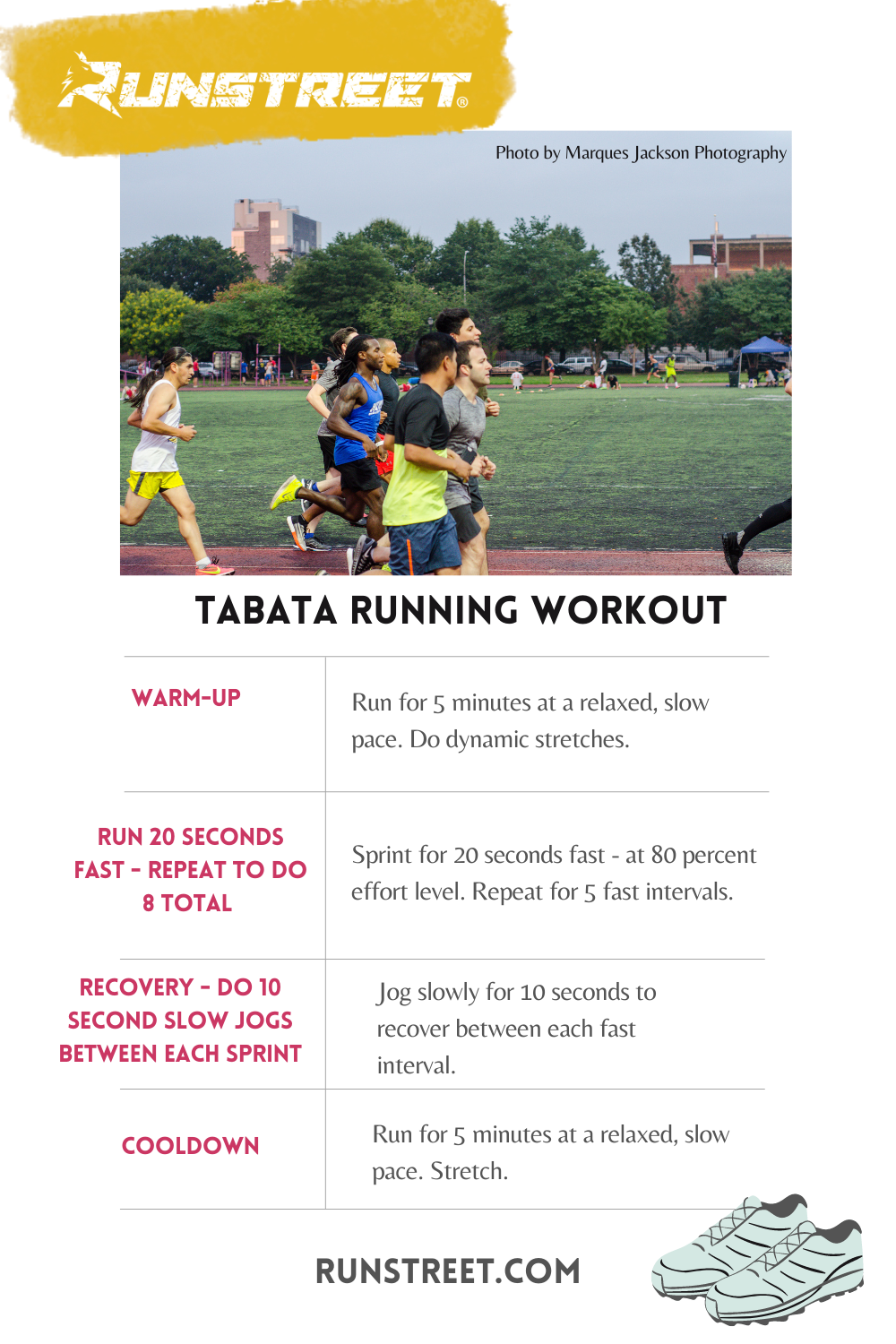Dominate Your Runs: Proven Strategies for Effective Running Workout
Dominate Your Runs: Proven Strategies for Effective Running Workout
Blog Article
How to Avoid and Take Care Of Discomfort in Operating: Specialist Tips and Guidance
As runners, we typically find ourselves captured between the excitement of pushing our physical limits and the discomfort that can accompany it. The pursuit of that jogger's high can often be hindered by the unwanted friend of pain. Whether you are a skilled marathoner or a newbie striking the sidewalk for the first time, the irritating presence of pain and pain is a common measure. Nonetheless, there exist tested strategies and experienced suggestions that can assist alleviate and manage these pains, enabling you to concentrate on the delight of running itself.
Significance of Proper Shoes
Correct shoes plays a critical duty in protecting against and managing pain for runners, as it dramatically impacts their comfort, efficiency, and general foot health and wellness. When it comes to running, wearing the right shoes can make all the difference. Uncomfortable or inappropriate shoes can result in a host of problems such as sores, shin splints, plantar fasciitis, and much more severe injuries like stress cracks.
Selecting the right operating shoes involves thinking about aspects such as foot type, stride auto mechanics, running surface, and individual choices. Joggers with high arches might require even more padding and support, while those with level feet might benefit from security footwear. Furthermore, comprehending pronation (the internal rolling of the foot) and supination (the outside rolling of the foot) can help in selecting footwear that provide the ideal level of arch assistance.
Investing in high quality running shoes that are suitable for your individual needs can aid stop pain and discomfort while improving your running experience. Focusing on proper shoes is not nearly efficiency yet also regarding guarding your foot health in the lengthy run.

Efficient Warm-up Strategies
A dynamic workout regimen before a run aids enhance blood circulation to the muscle mass, improves flexibility, and boosts the range of motion of the joints. Dynamic stretches like leg swings, high knees, and hip circles are beneficial in preparing the body for the physical needs of running.
Along with vibrant stretches, incorporating some light cardio workouts such as jogging or missing rope can additionally elevate the heart price and warm up the body. This mix of vibrant stretching and light cardio aids loosen tight muscular tissues, lubricate the joints, and psychologically prepares the jogger for the upcoming workout (running workout). By making warm-ups a constant part of your running routine, you can substantially decrease the threat of injuries and carry out at your ideal during each run
Secret Extending Workouts
When getting ready for a run, incorporating vital extending exercises is important to boost muscle versatility and protect against injuries - Read More. Dynamic stretches such as leg swings, high knees, and hip circles are advantageous for heating up the muscle mass and raising series of movement before a run. These movements help boost blood flow, loosen up tight muscles, and prepare the body for the task in advance
Fixed stretches like calf stretches, hamstring stretches, and quadriceps stretches need to follow a run to assist in muscular tissue recovery and avoid rigidity. Holding each go for 15-30 seconds permits the muscular tissues to relax and lengthen, lowering the danger of post-run discomfort and possible injuries.
Additionally, integrating yoga postures like descending canine, pigeon position, and spinal twists can target several muscular tissue groups at the same time, advertising total adaptability and stamina. Constant stretching regimens not only boost performance however likewise assist in maintaining good running kind and protecting against overuse injuries. Keep in mind, proper stretching techniques are important for a secure and delightful running experience.
Healing and Rest Approaches
After finishing a run, executing effective recuperation and rest techniques is vital for making best use of efficiency and minimizing the risk of injuries. Additionally, integrating remainder days into your training routine is essential to stop overuse injuries and exhaustion.
Active healing techniques such as mild extending, foam rolling, and yoga exercise can aid boost flow, minimize muscle mass pain, and boost adaptability. It is also advantageous to prioritize hydration and nourishment post-run to replenish electrolytes, glycogen stores, and promote muscular tissue recovery.
Cross-training activities like swimming or biking can offer a break from the repeated effect discover this of running while still keeping cardiovascular physical fitness - running strategy. Paying attention to your body and acknowledging when it requires a break is essential to avoid persistent injuries and guaranteeing lasting running success. Remember, remainder is not an indication of weakness yet an essential element of a well-rounded training routine
Cross-Training Conveniences
:max_bytes(150000):strip_icc()/running-longer-or-faster-31e97070bda14ffc8afdea52094504c7.jpg)
It enables you to work on various elements of health and fitness that might not be targeted entirely with running, leading to a more well balanced and versatile athlete. Furthermore, cross-training can help boost running performance by addressing muscle imbalances and weaknesses that might prevent performance.
Verdict
In conclusion, proper shoes, workout methods, stretching workouts, healing methods, and cross-training are necessary components in preventing and taking care of pain in running. By incorporating these practices right into your regimen, you can decrease the risk of injury and discomfort while making best use of efficiency and satisfaction of the sport. Read More. Keep in mind to listen to your body, prioritize rest and recuperation, and seek specialist support when needed to guarantee a risk-free and reliable running experience
Report this page